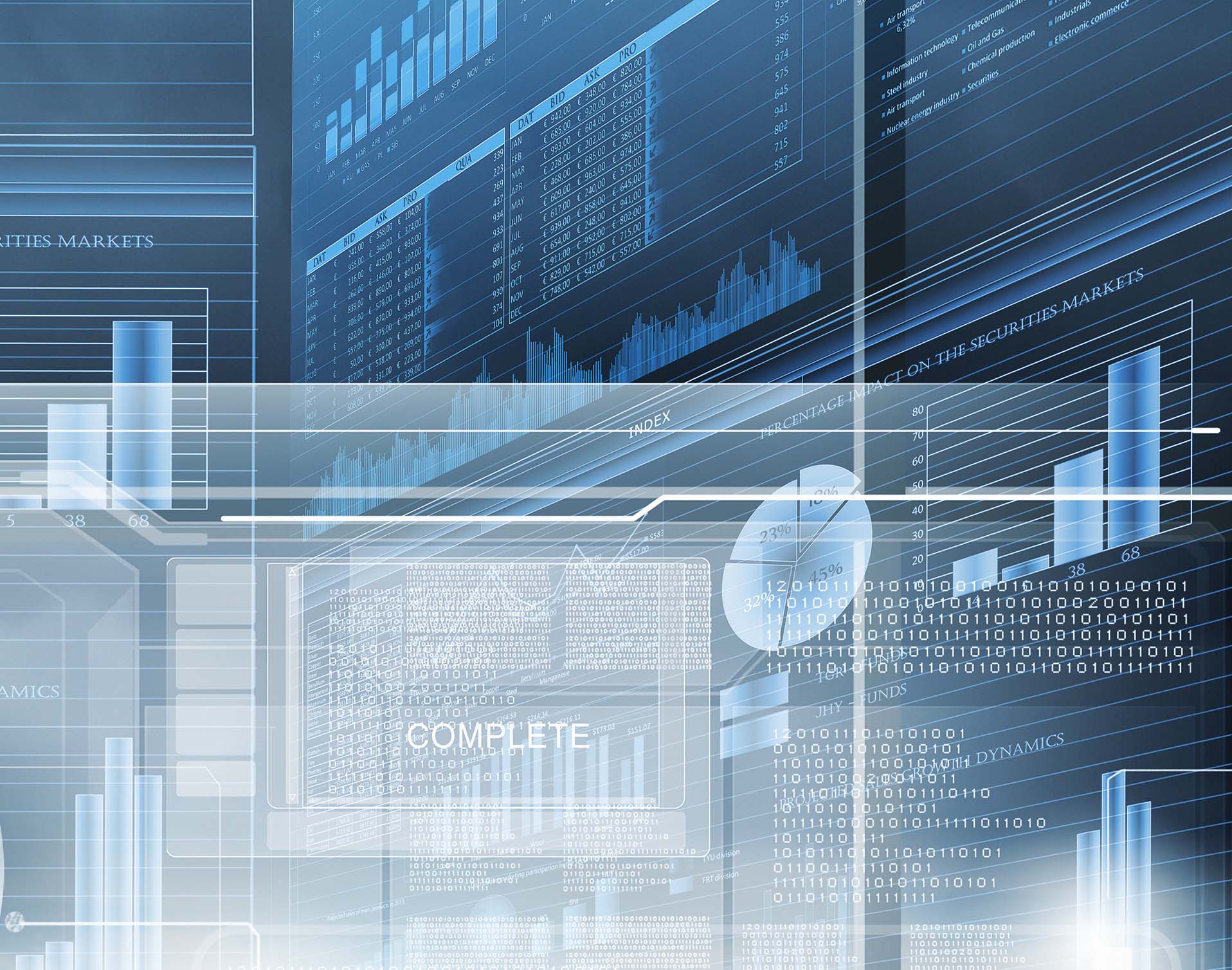Business Intelligence with Data Visualization
- Moving from "big data" to "wide data"
- Visualization of data through DataOps and technology
- Data Visualization benefits for the Revenue Cycle Management
In the digital world, we are seeing tremendous growth and robustness of data being collected through various systems, particularly in healthcare.
According to a recent press release from Gartner:
By 2020, most data and analytics use cases will require connecting to distributed data sources, leading enterprises to double their investments in metadata management.

Many people are familiar with the concept of "big data" and, in recent years, have deployed initiatives to understand and mine that data. However, in many cases, the data is fragmented -- coming from various sources and different formats -- leading to the inability to fully harness the power of the data.
Visualization of Wide Data for Business Intelligence
Research shows that around two-thirds (65%) of people are visual learners. Concepts that are difficult to understand -- or in this case, large amounts of fragmented data -- present a challenge for many to fully grasp.
From a RCM servicers prospective, taking the wide range of data and transforming it into visuals serves as a best approach to illustrate value to healthcare organizations.
Visualization from OrboGraph's Healthcare Payments Automation Center (HPAC) and Access Denial Intelligence.
It's important to deploy technologies and platforms that will aggregate data from electronic remittance advice from payers -- along with data from paper-based remittances/EOBs and correspondence/denial letters -- to provide a full scope of the landscape and provide visual representations of trends for business intelligence.

The bottom line: It's not enough to simply "harvest" data. It is vital to be able to leverage that information and present powerful visualizations to better understand the data.
This blog contains forward-looking statements. For more information, click here.